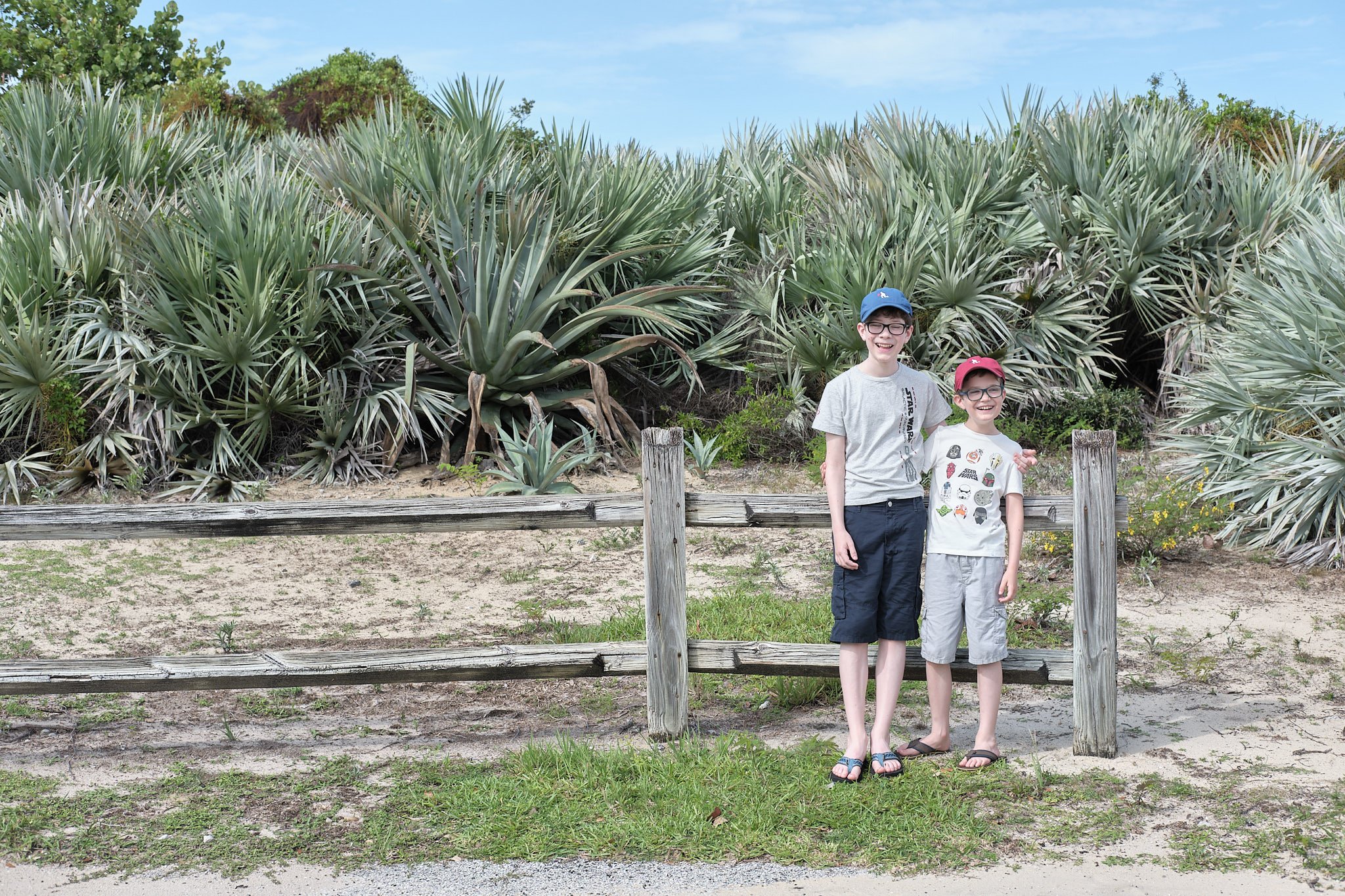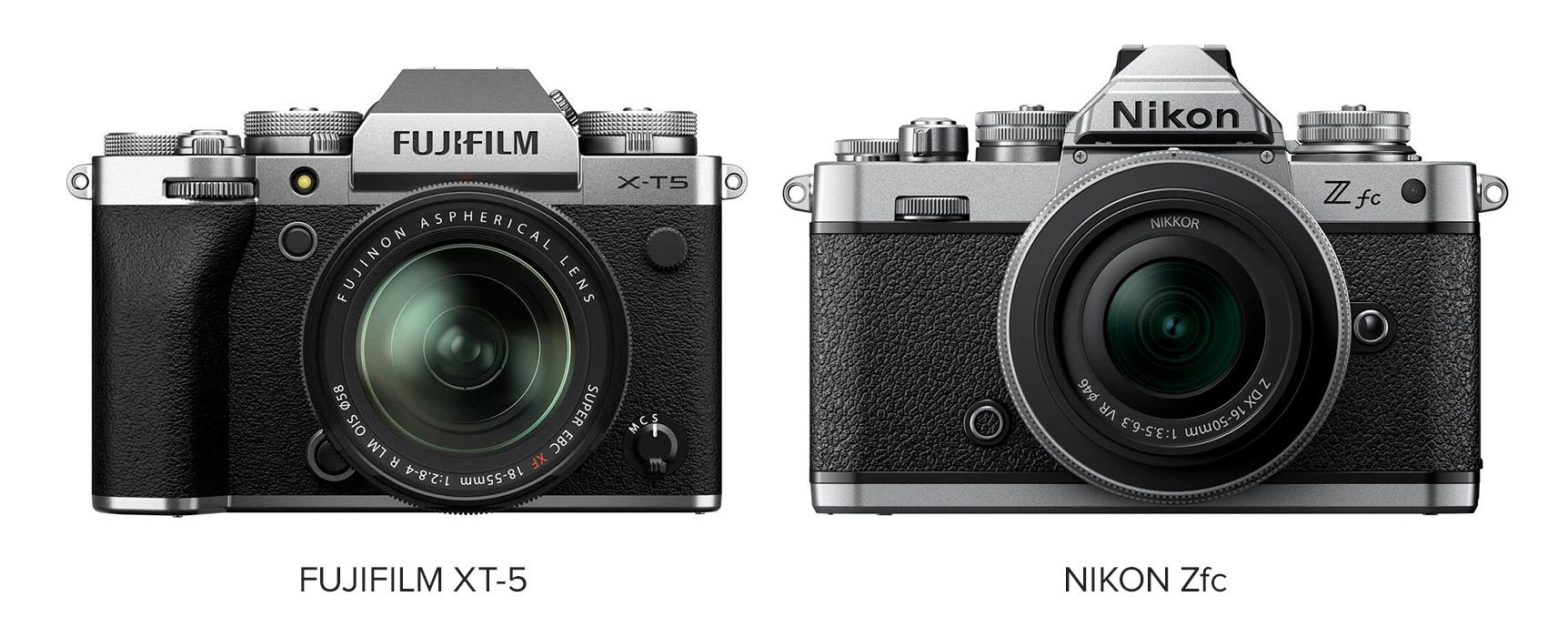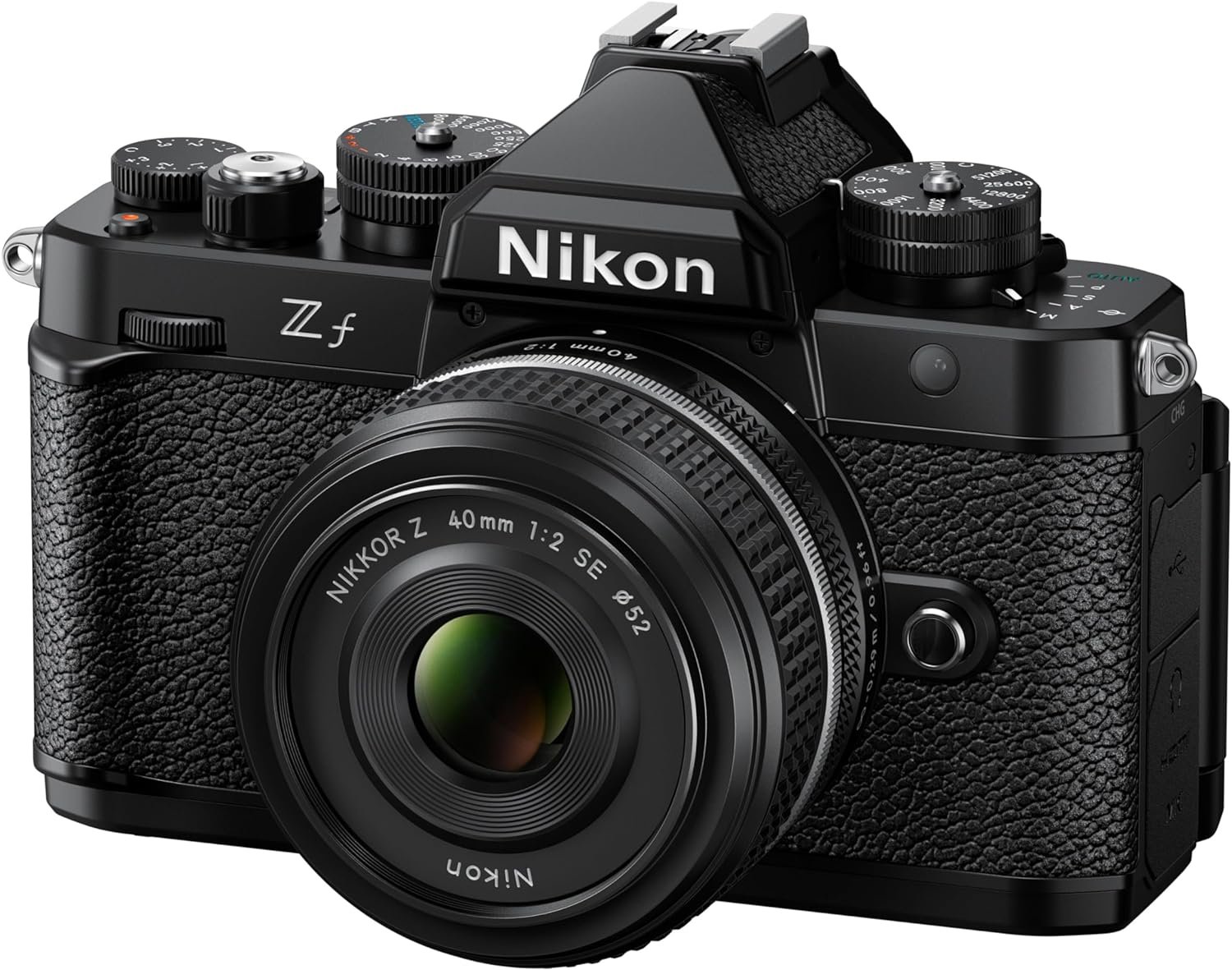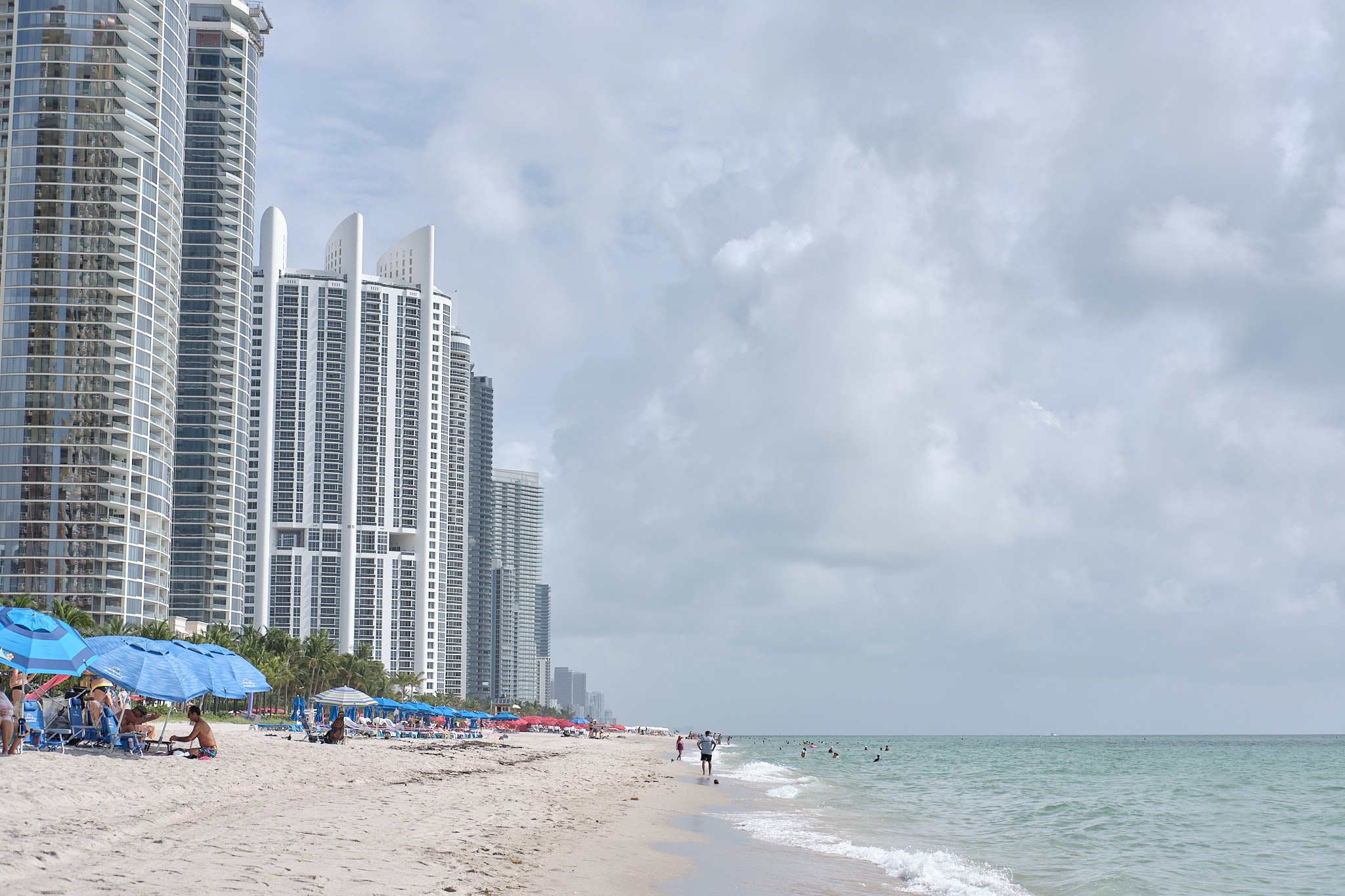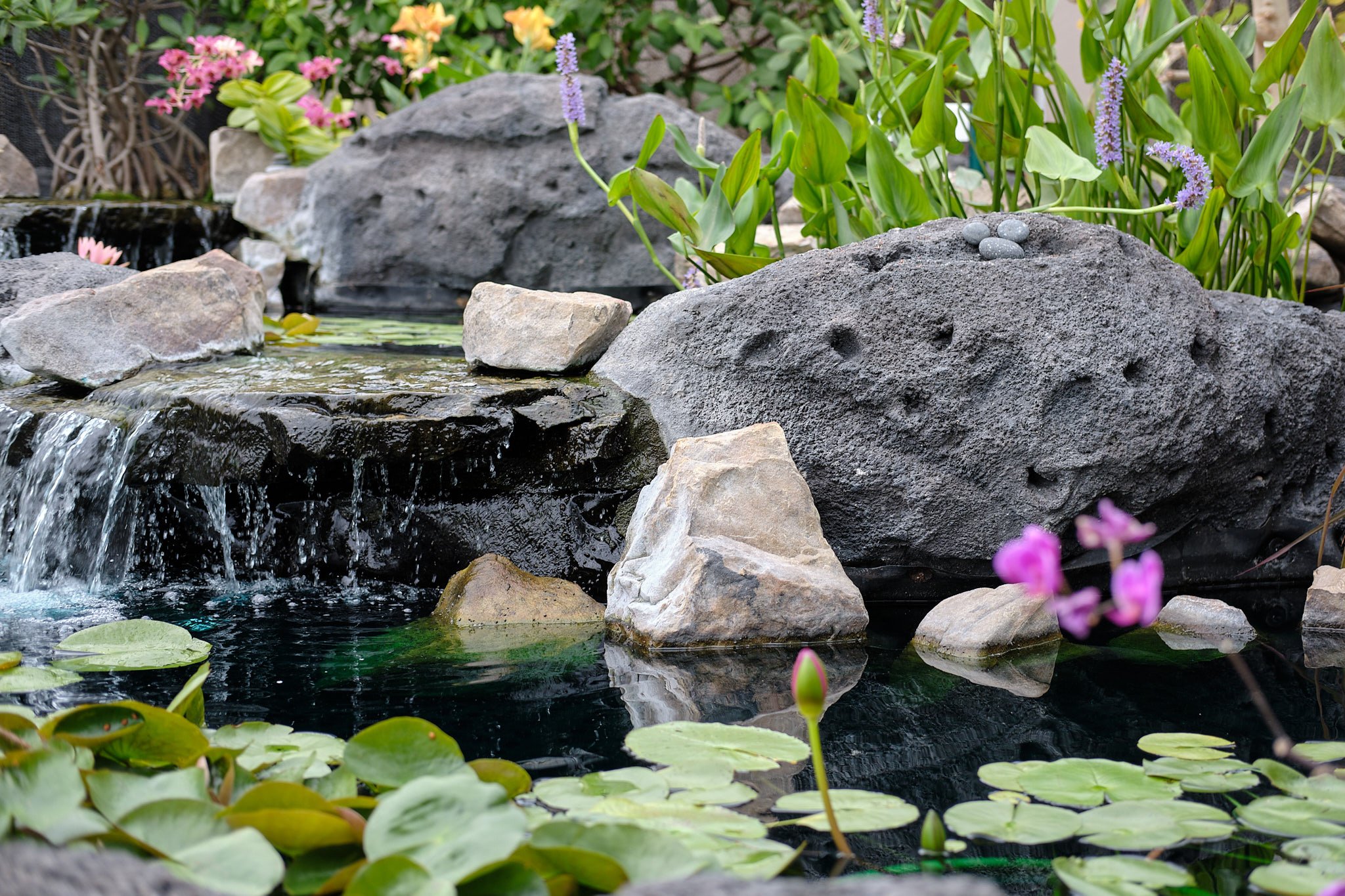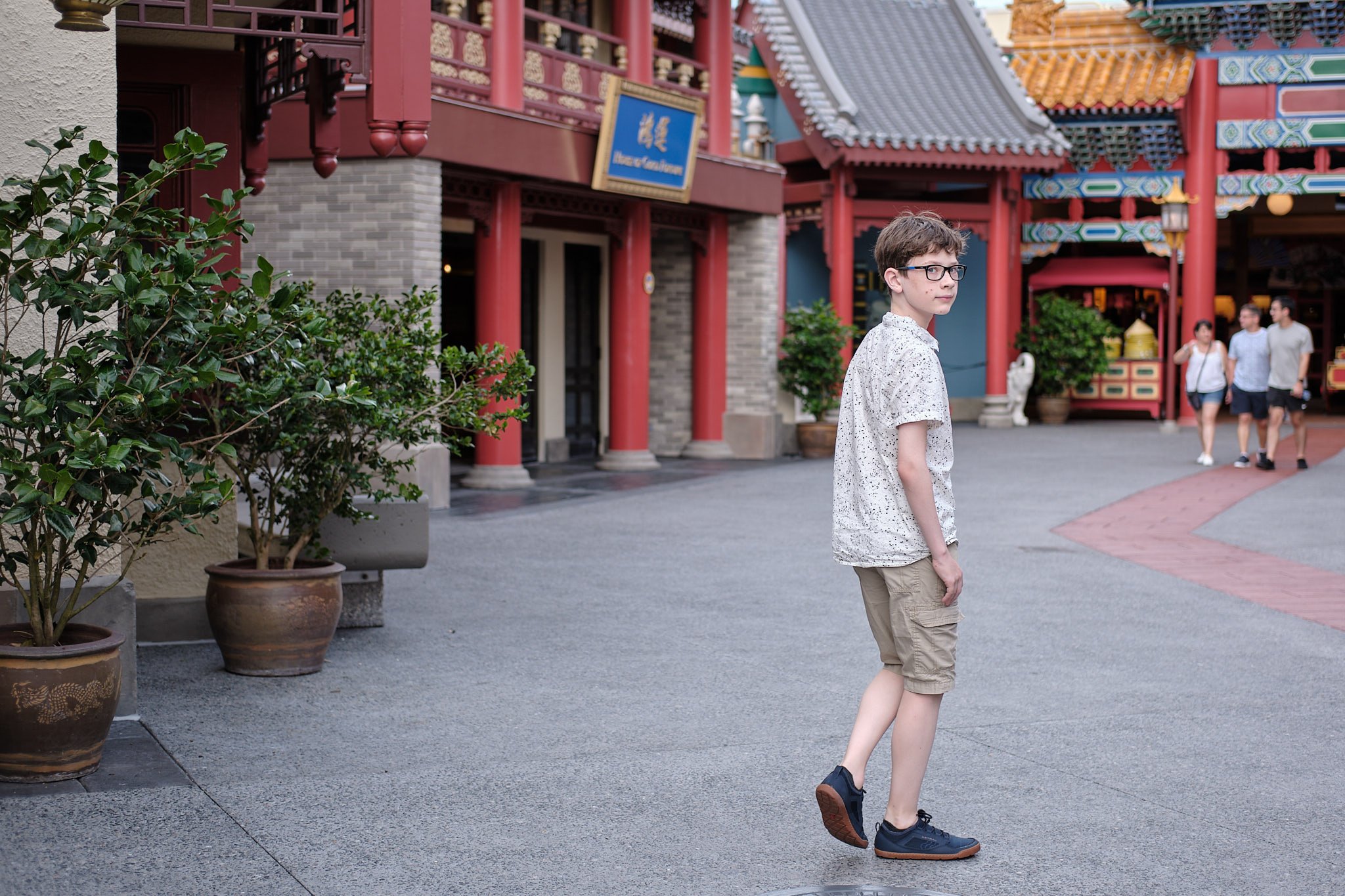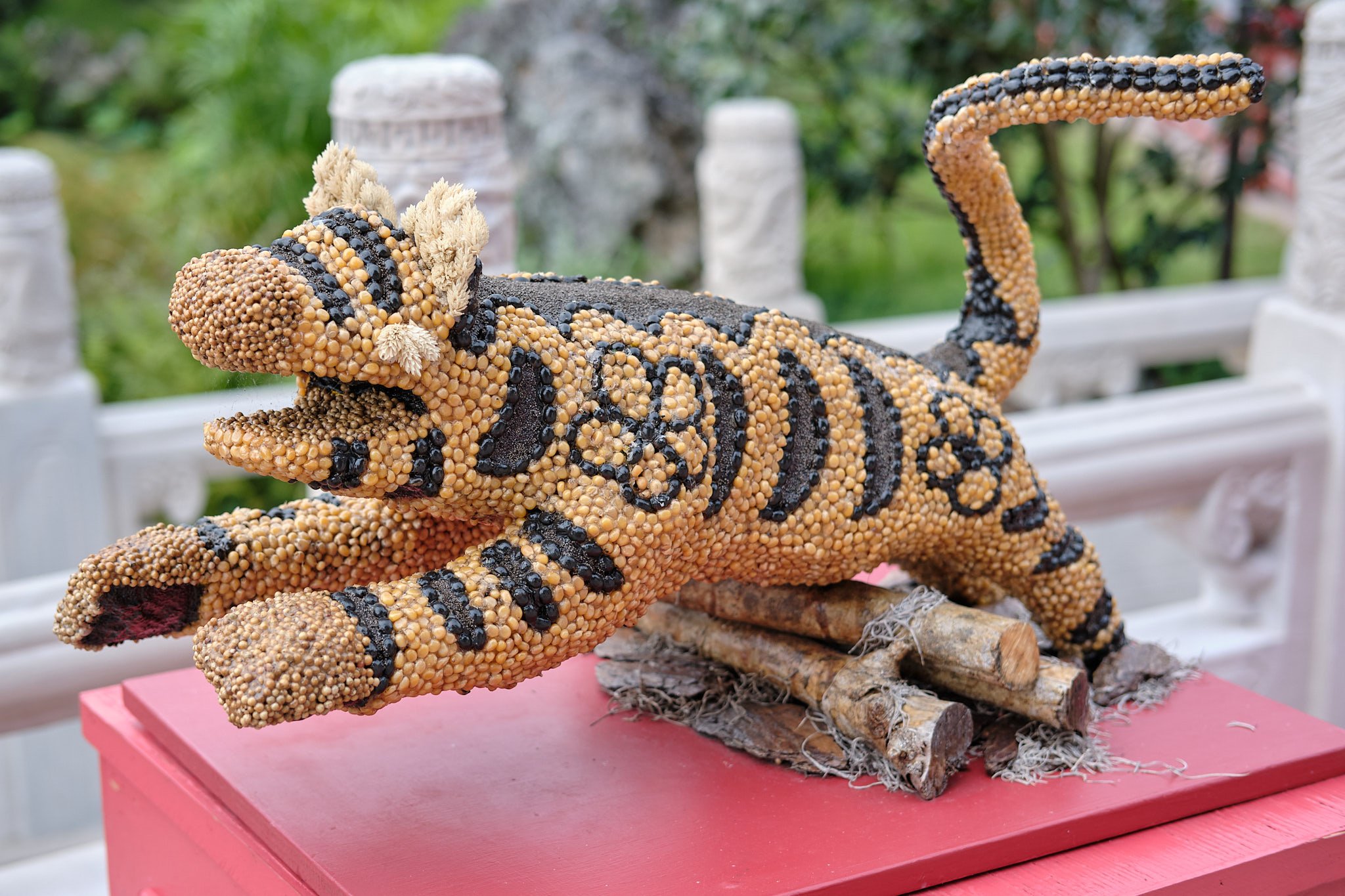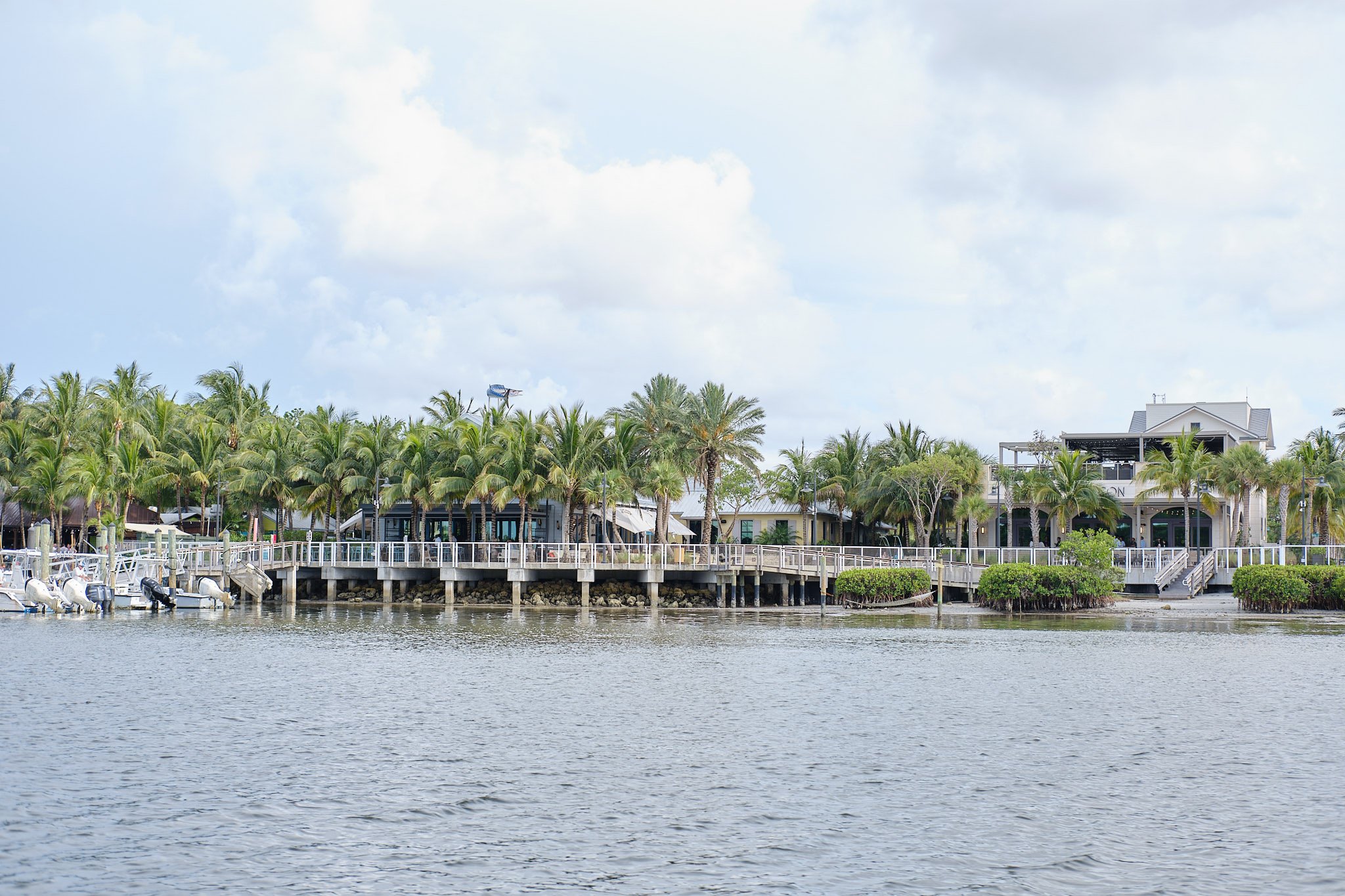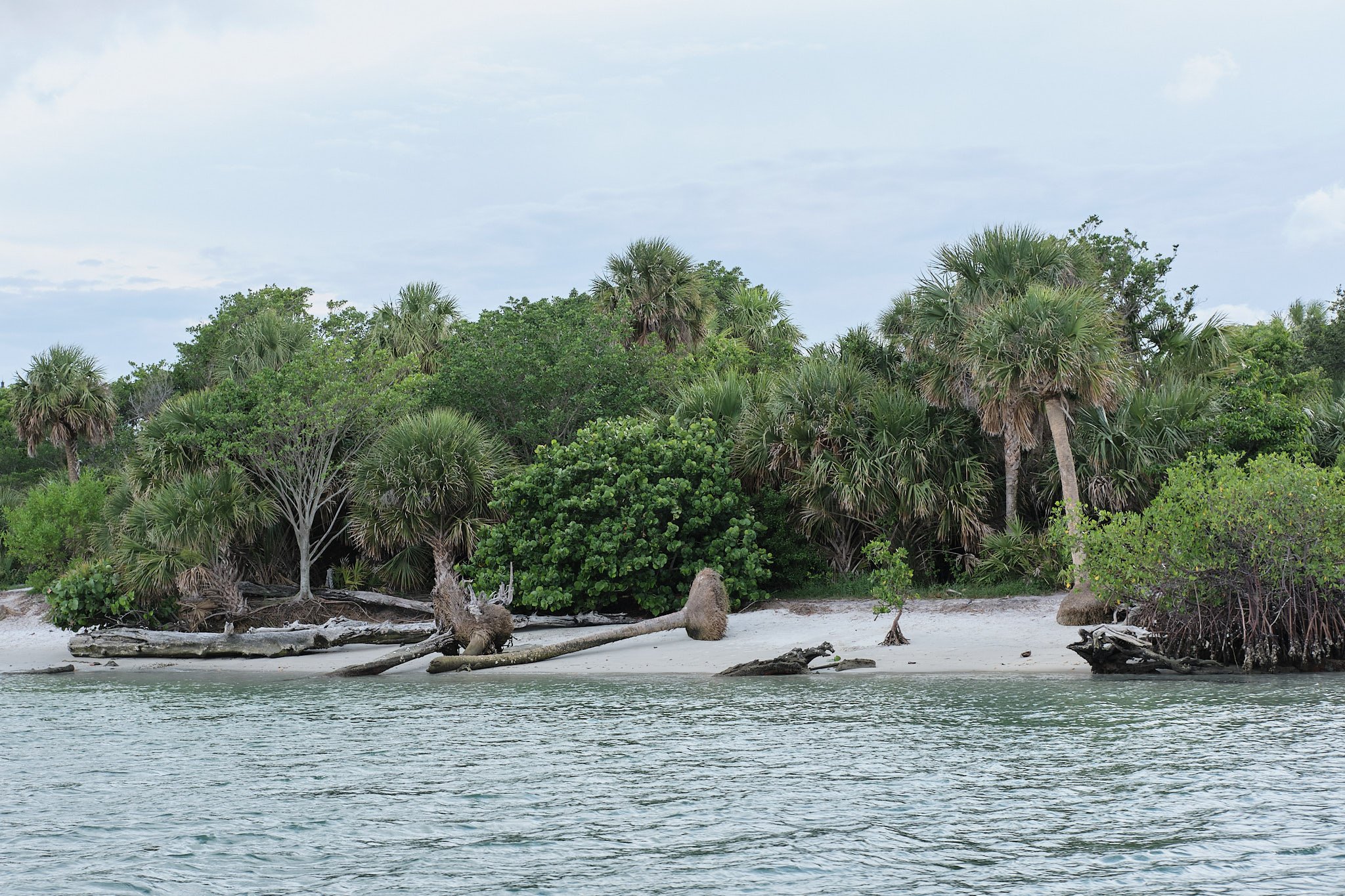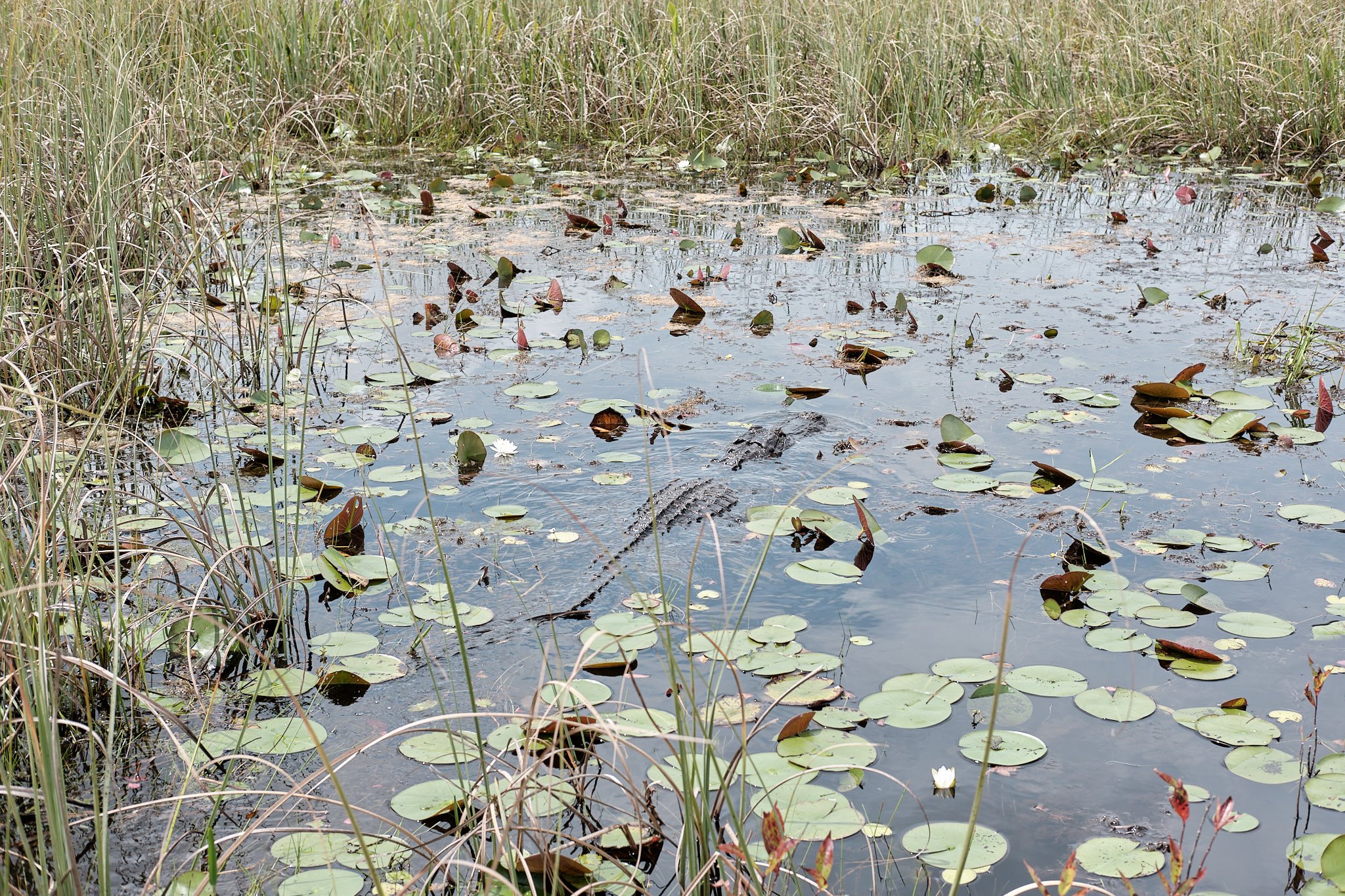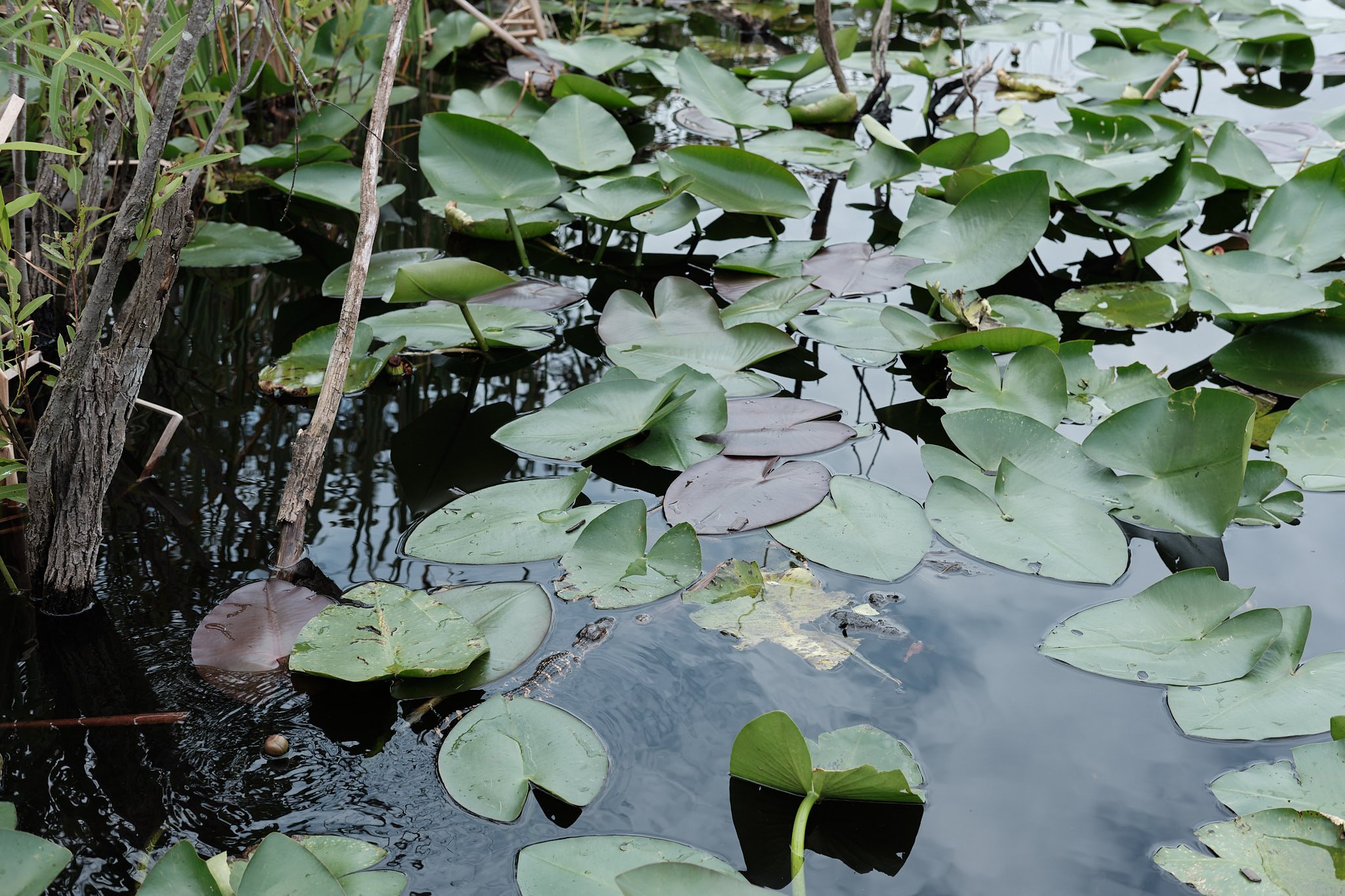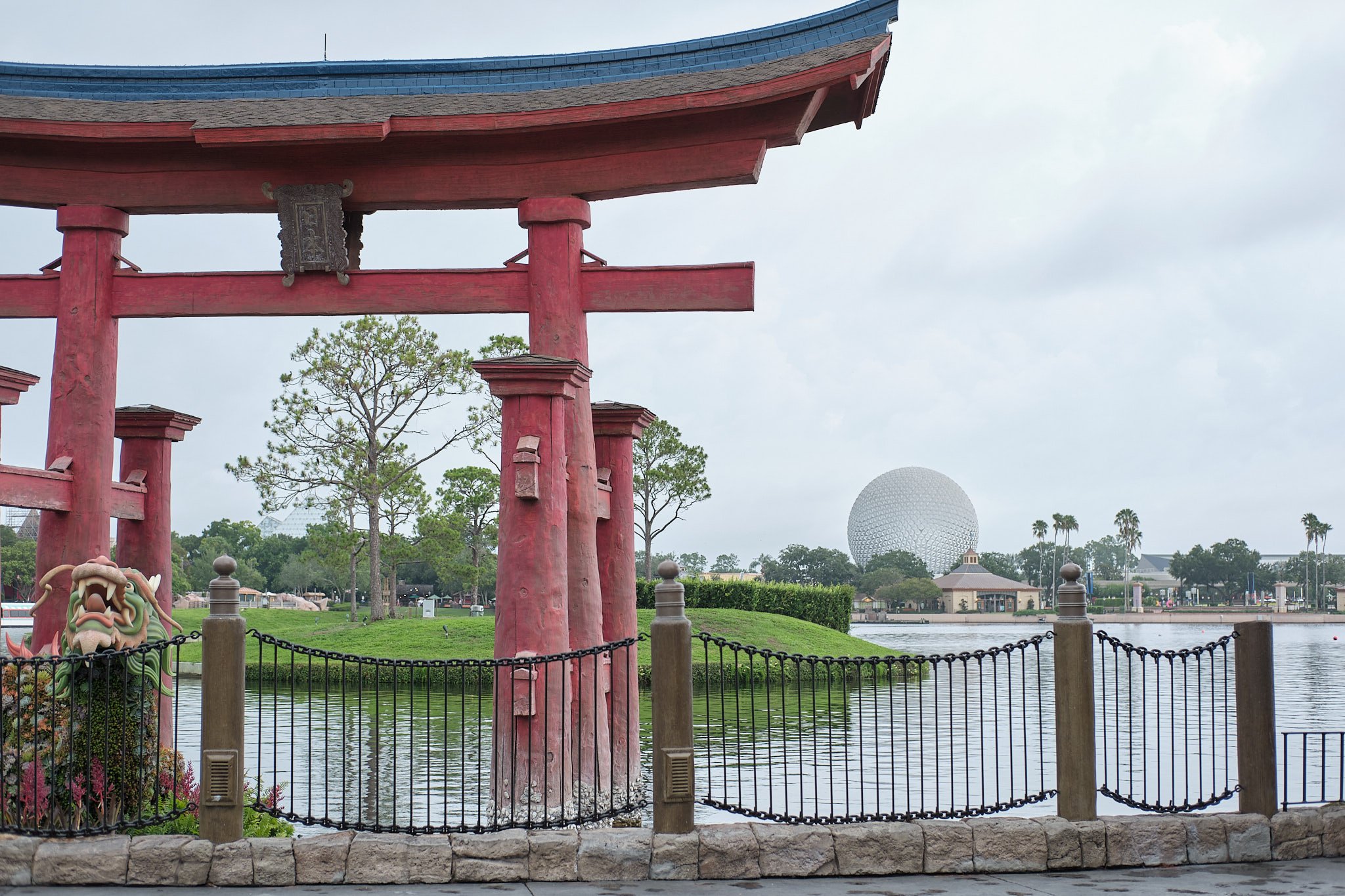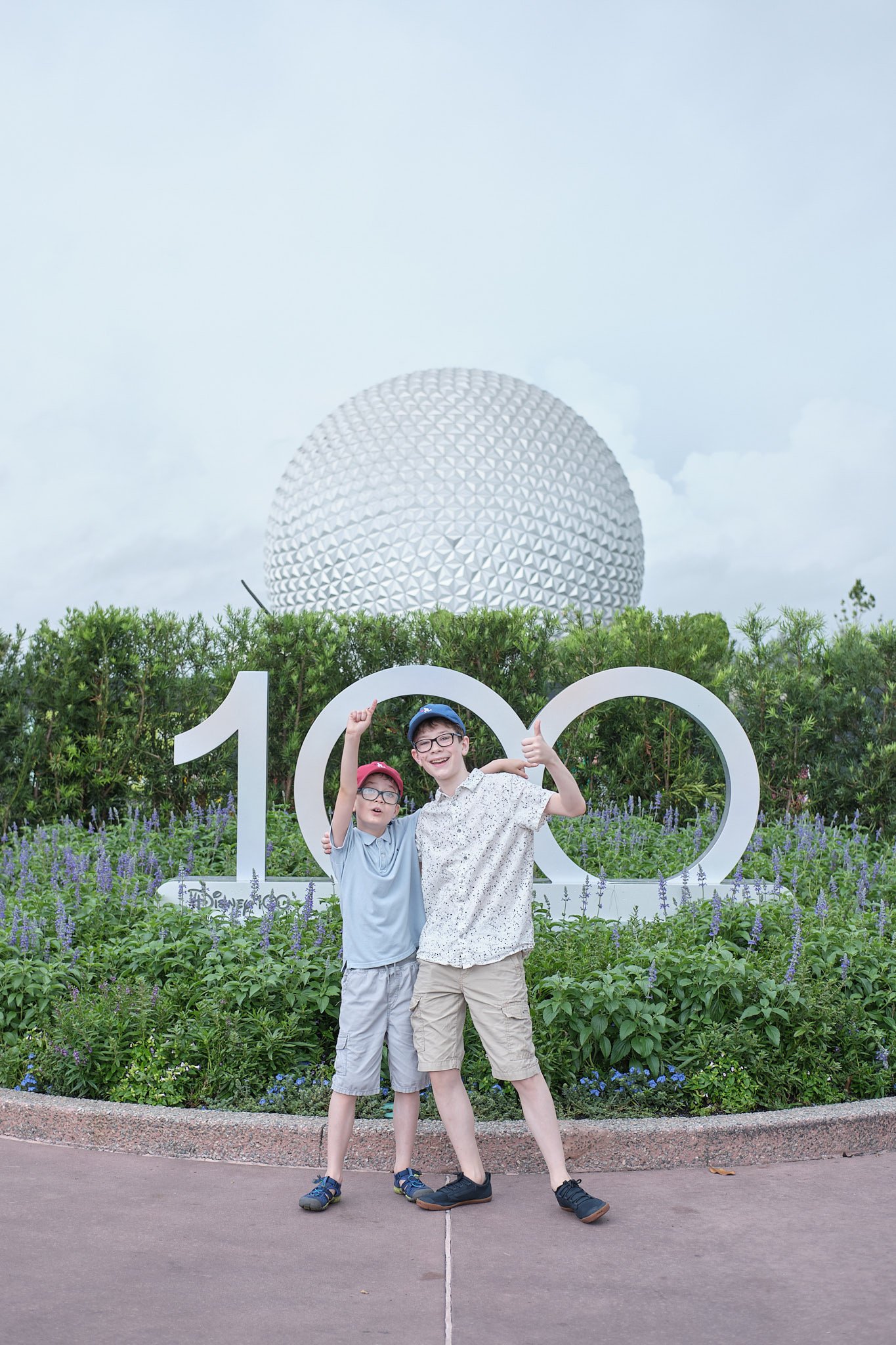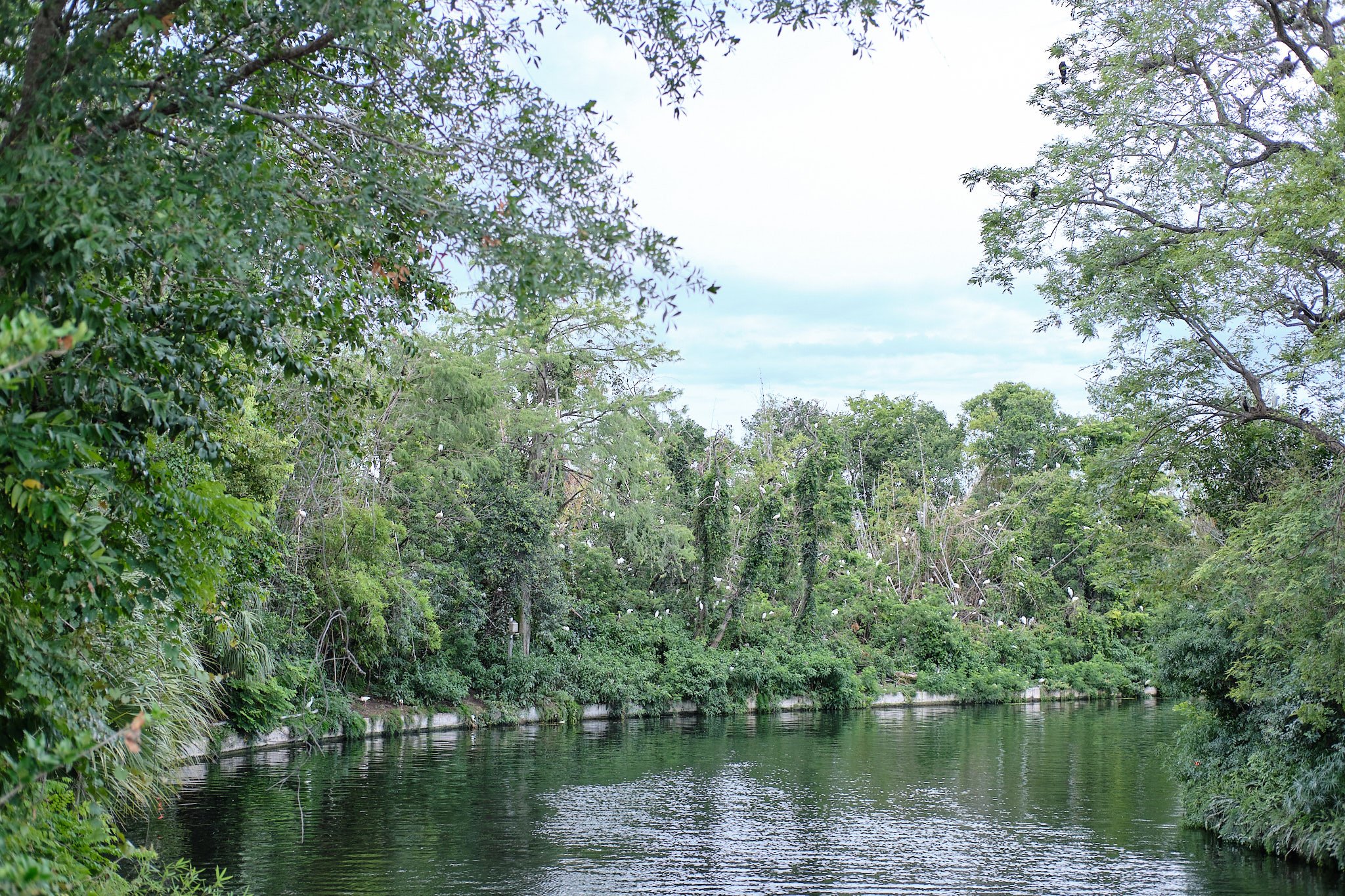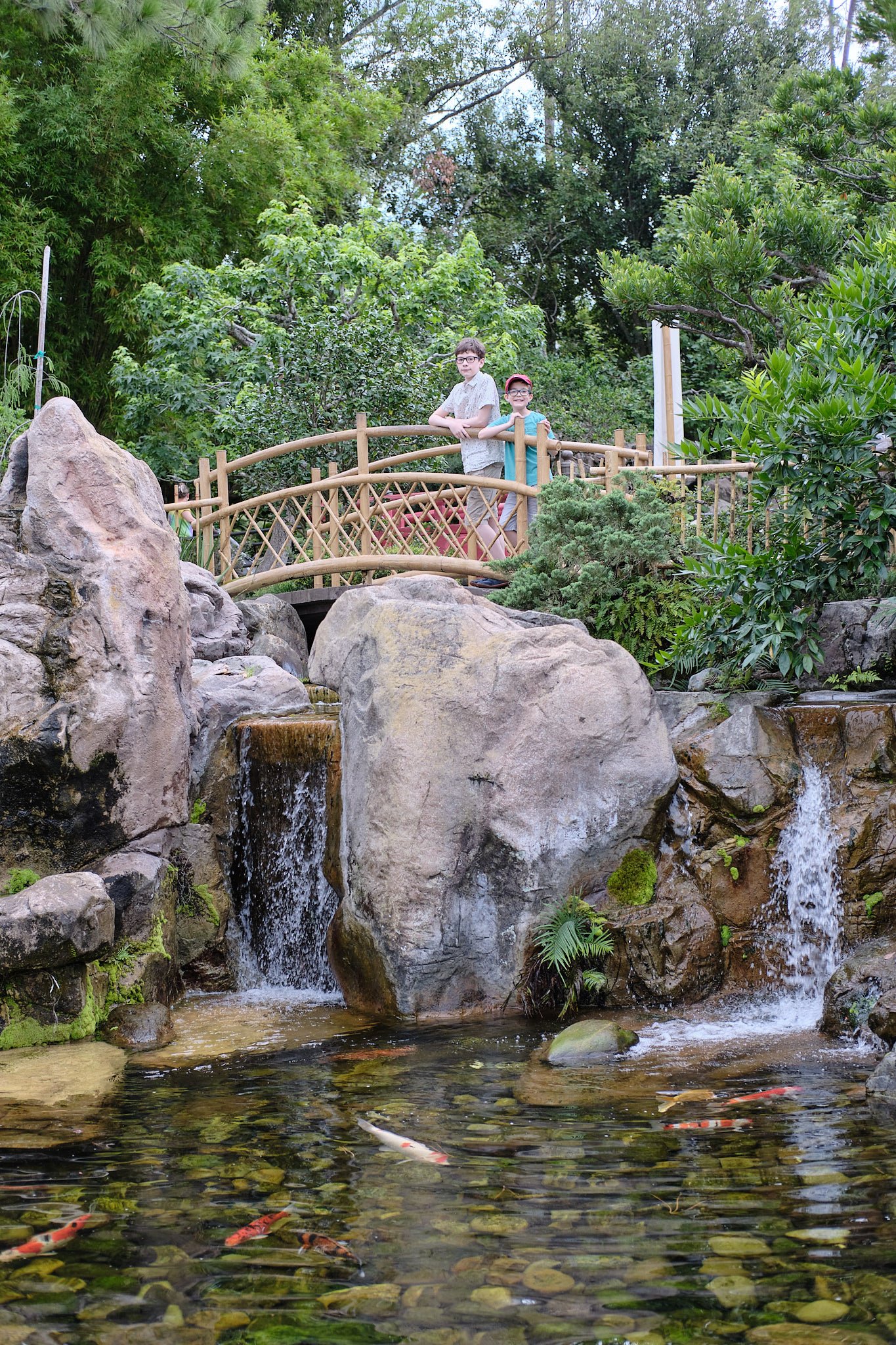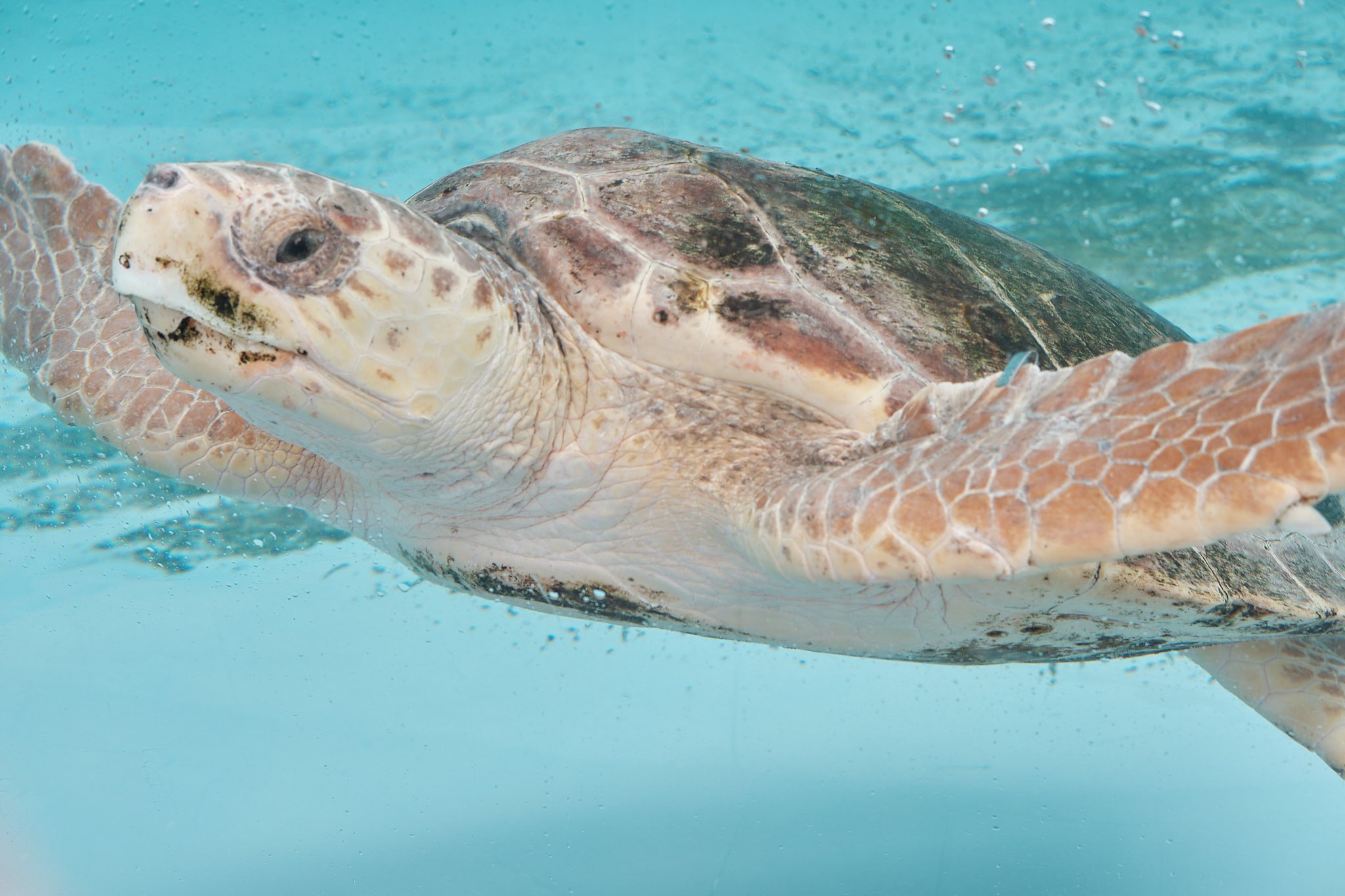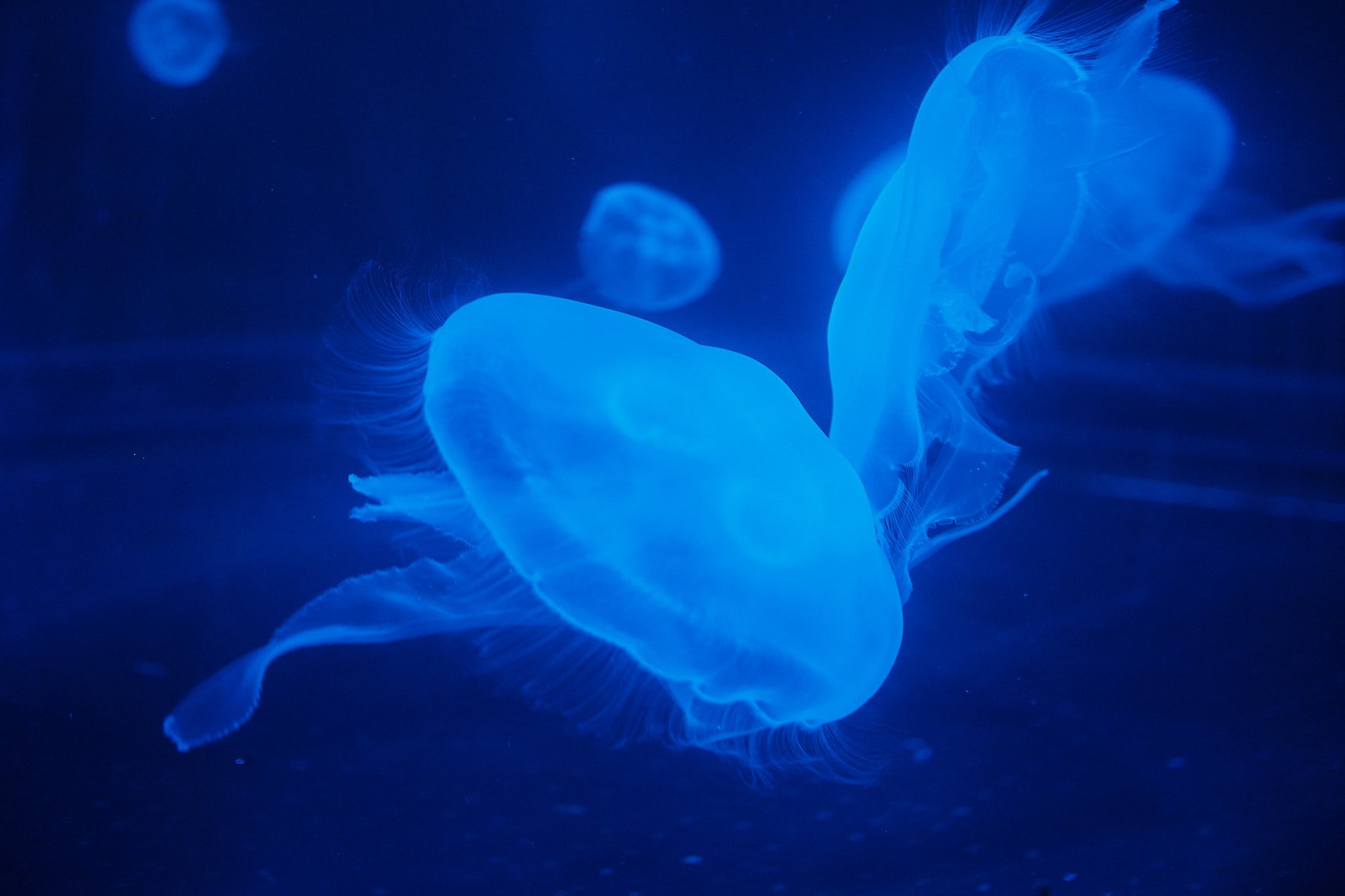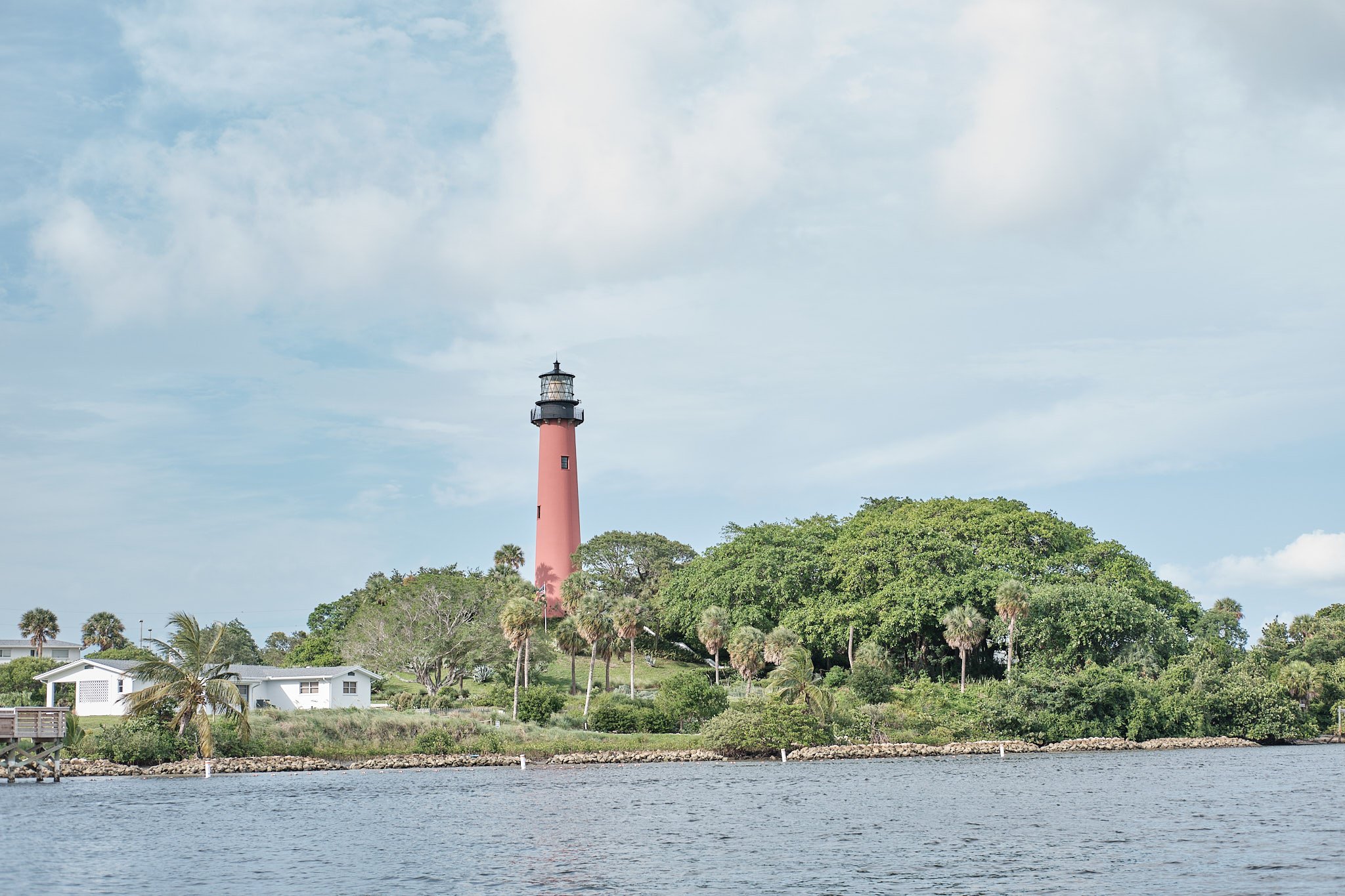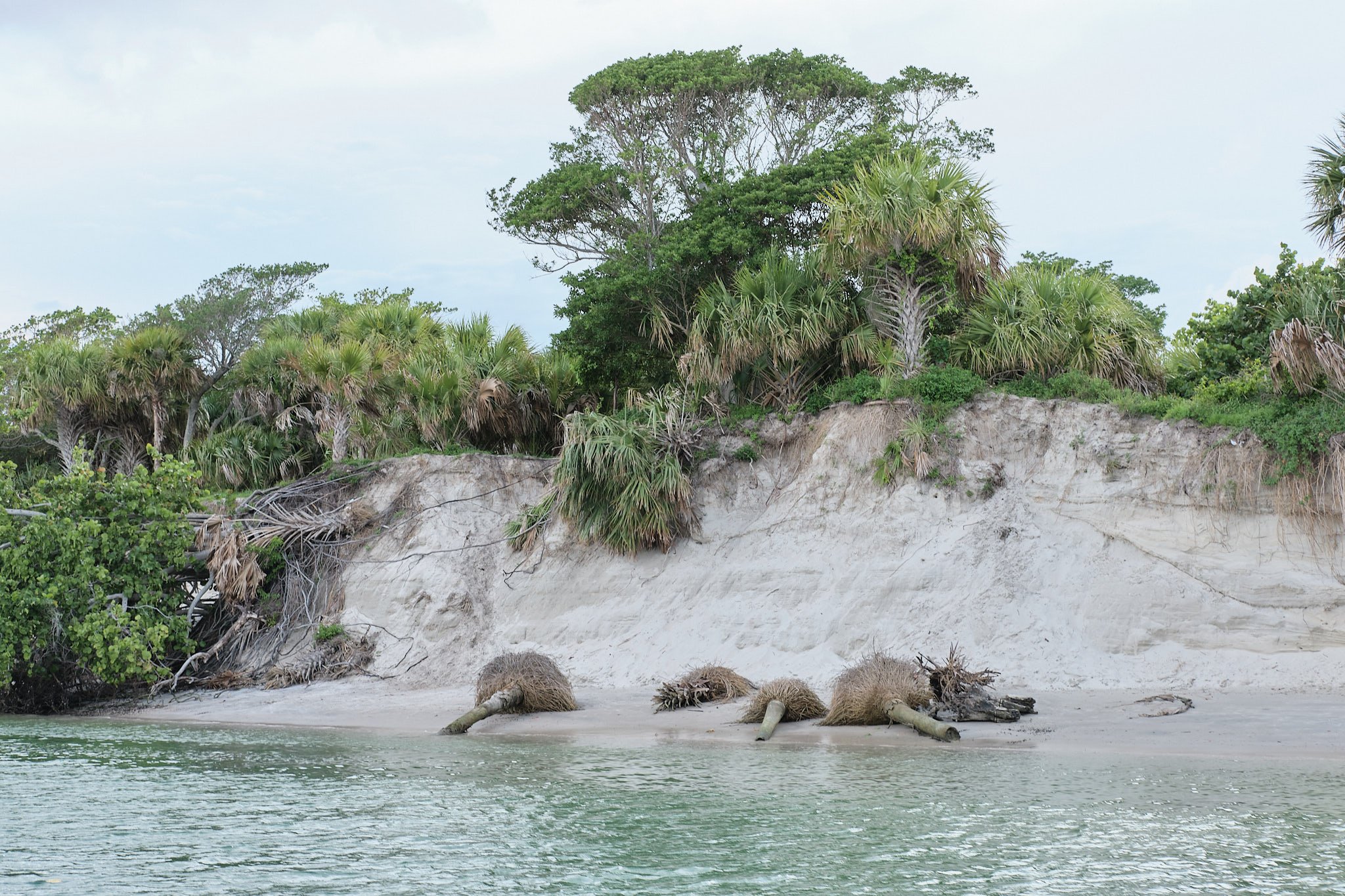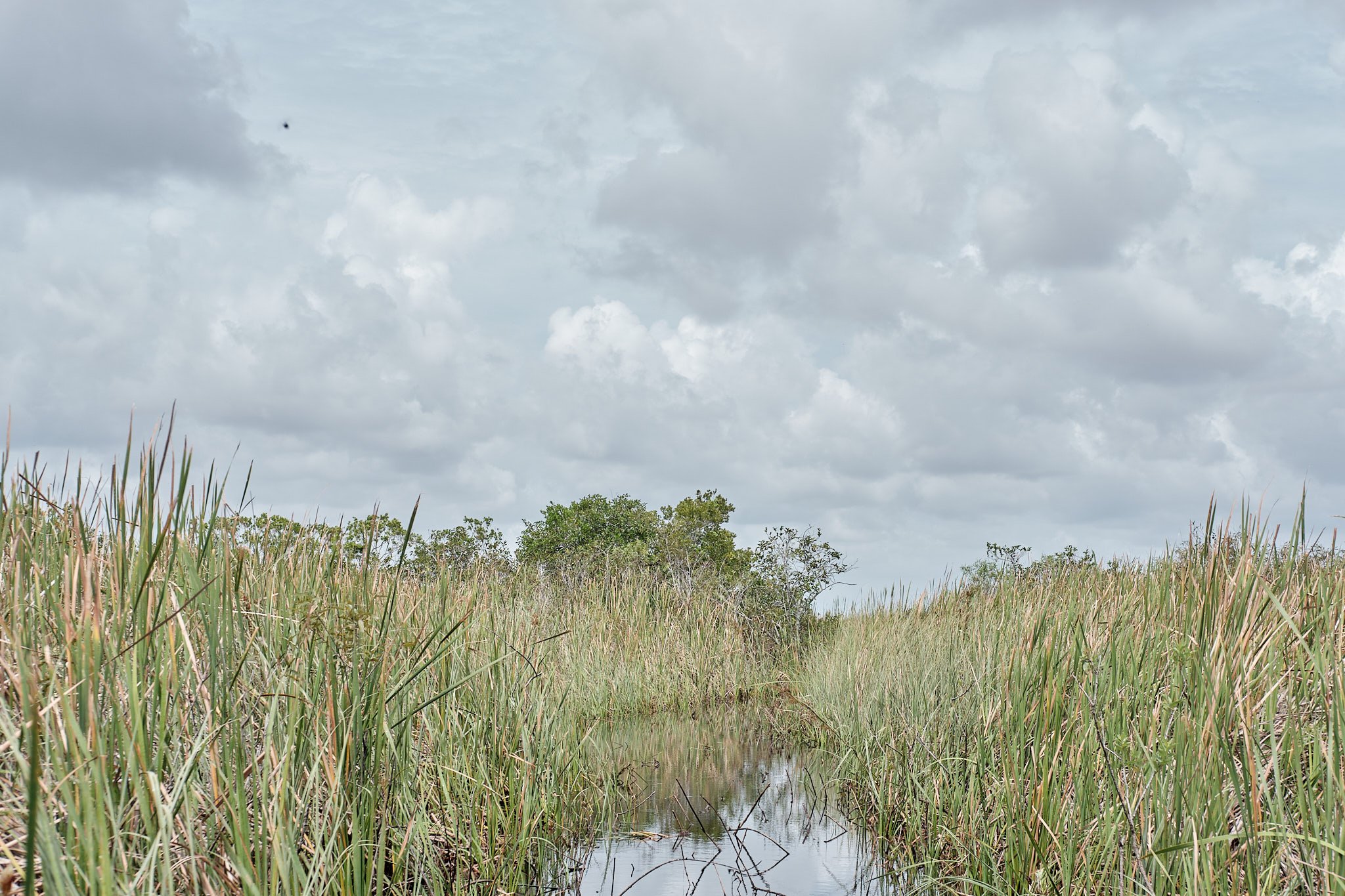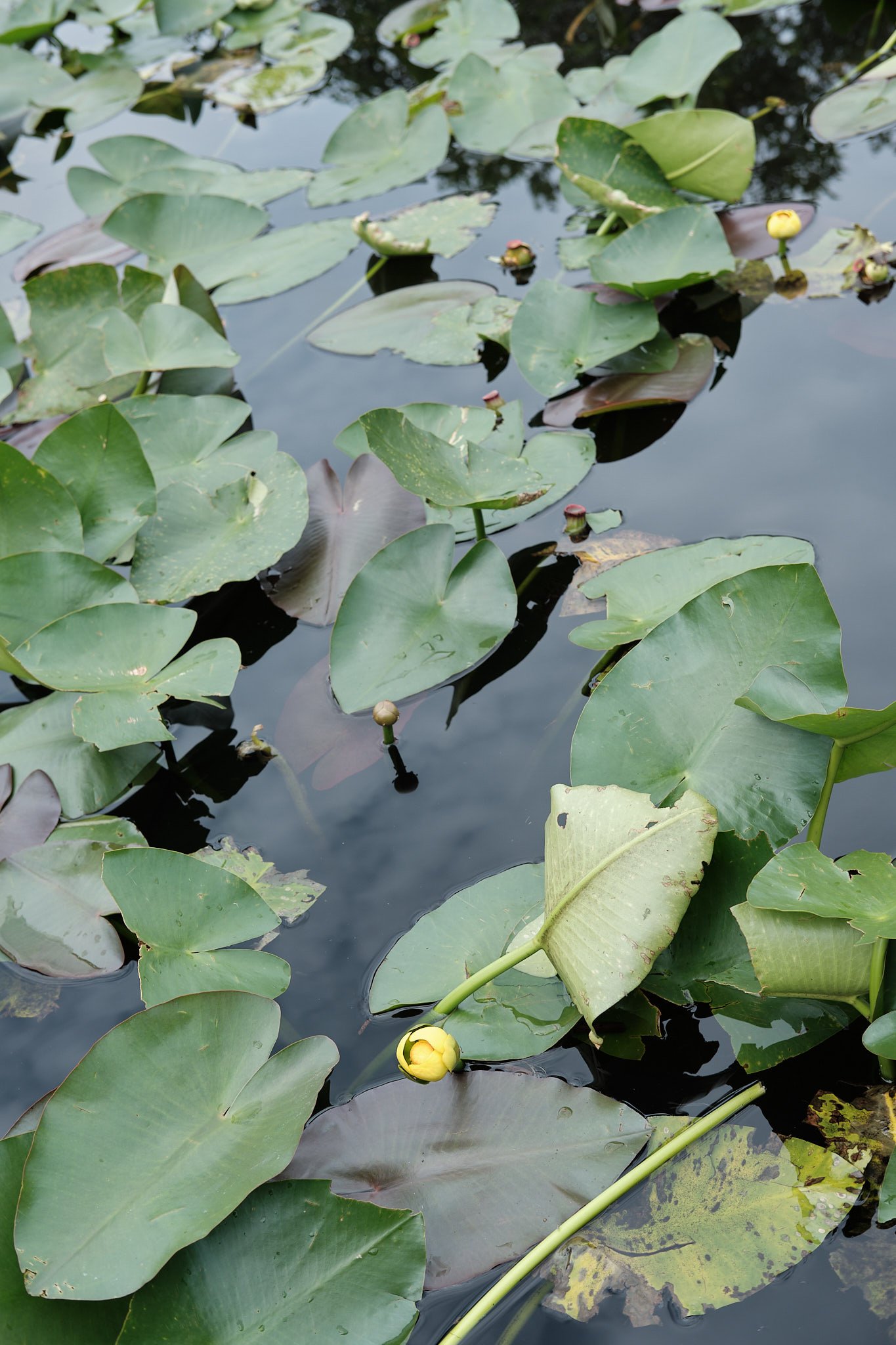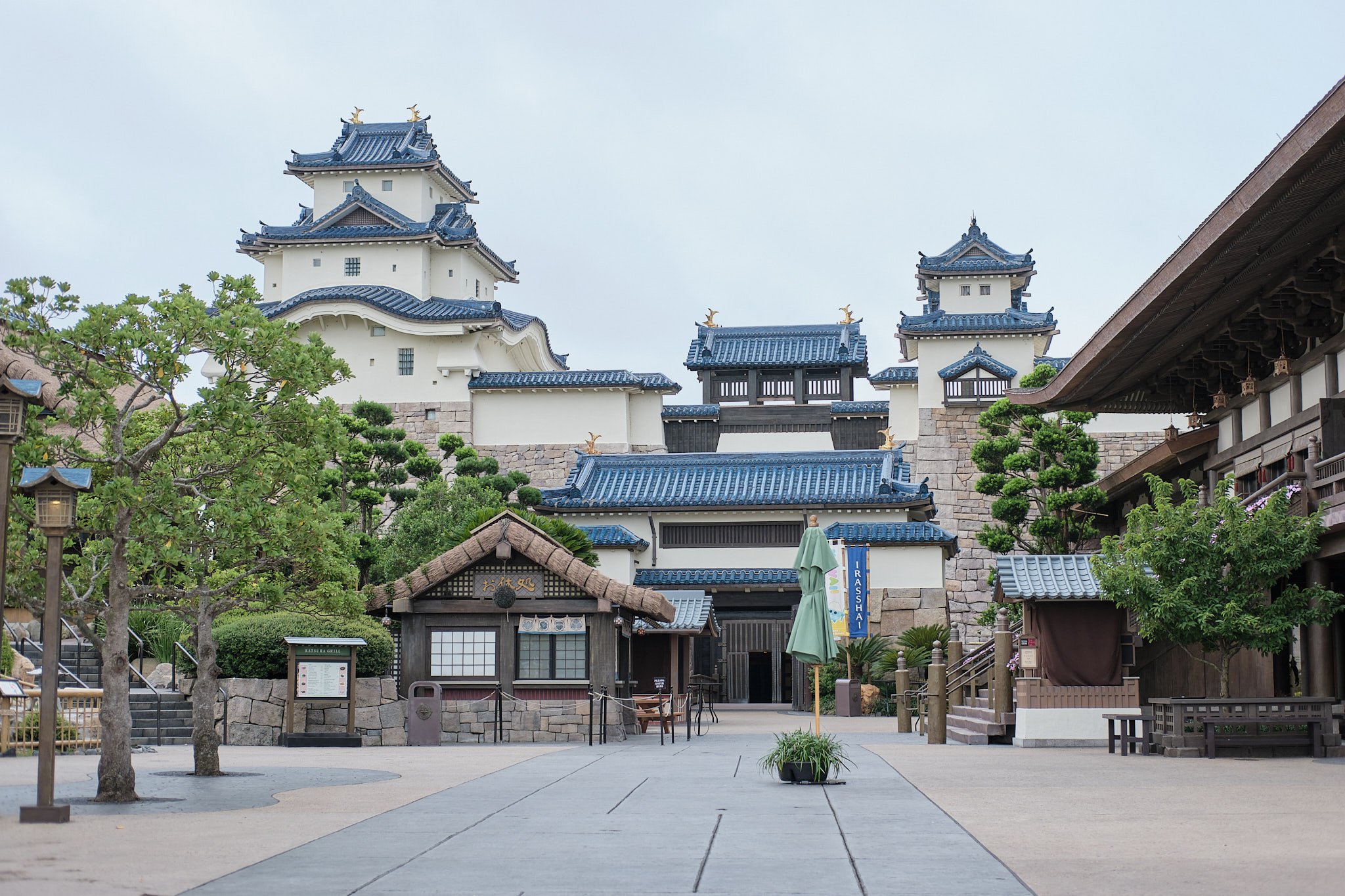Is this the Best Travel Camera for Professional Photographers? FujiFilm XT-5 Review
I don’t often buy equipment. I tend to keep my cameras and lenses around forever and only upgrade when absolutely necessary. I’ve also given up on having a secondary travel camera once I got my hands on a full-frame DSLR more than a decade ago and once iPhones became amazing at taking photos (more on that below).
So why did I spend over two thousand dollars on a secondary camera that’s primarily going to be used for travel? And does the Fujifilm XT-5 serve all the needs and live up to a high standard of a professional photographer but in a smaller, portable package? This post will go over exactly that.
*Please note that this post may contain affiliate links, which means that I may receive a commission if you make a purchase using these links. As an Amazon Associate I earn from qualifying purchases.
** UPDATE: Now that the Nikon Zf has been released in October of 2023, it’s so much closer to the Fujifilm XT-5 that the decision can really go either way. So I updated this post with some of my thoughts (and why I would still choose the Fuji) in Italics.
Why even have a travel camera?
In the past, I’ve approached travel photography with the mindset that my iPhone can take great photos and is always available, so why would I need yet another camera? When amazing images are required I can always use my big professional DSLR (I already own it after all).
But more and more I’ve been seeing the shortfalls of my iPhone’s capabilities. Yes, the photos are great snapshots, but they’re not DSLR quality and certainly not something I would print large and display in my home. I also don’t really like or appreciate the digital lookalike features like the blurry background that never has clean edges and always looks a bit off.
Likewise, being that my professional camera (the Nikon D850) weighs about 5 pounds and requires a large bag, it’s not always practical to lug it around on the off chance that I might want to capture a quality photo of my family on vacation - also, we were going to Disney and going to be getting on a bunch of rides while walking 10 miles a day!
So for those reasons, and because we actually (finally!) had an exciting vacation planned to Florida (plus a few others for next year!), I wanted to invest in a good travel camera. Surely, I thought, camera equipment has evolved to produce great results in smaller packages by now! While I don’t use a mirrorless body in my work, I figured I could sacrifice my discomfort with the electronic viewfinder in exchange for a smaller yet fully capable body.
My requirements:
I really wanted the camera to have the vintage SLR look that’s become popular in the past few years as I’ve definitely stopped to admire those cameras once or twice in the past. The main reason why this is so important is because I use a DSLR for work and the last thing I want is for the act of taking vacation photos to feel like a JOB. Having a camera that looks vastly different from the one I use at work (and yes, it is work, no matter how fun and enjoyable it is) separates the two experiences and allows me to actually take pleasure in photographing when I’m traveling.
I personally have used an old Nikon FM2 from the 80’s and anything that looked similar was highly desirable in my book. This really narrowed down my search to two companies, Nikon (with their Nikon Zfc) and Fujifilm (with a whole range of vintage inspired bodies). The styling is main reason why I ruled Sony out right away as they don’t have a vintage option in their lineup as they do have fantastic cameras as well.
I knew I needed manual controls to be easily accessible as that’s what I use 100% of the time when I photograph and the little top dials seemed to fit the bill quite nicely. While most people seem to focus on camera specs and features, I know that the interface, button layout, and usability will always be more important. It’s one of the reasons I switched from Canon to Nikon in the early days and button layout will always trump megapixel counts, at least for me.
The other really important thing I considered is how both of those bodies felt in my hand. The Nikon Zfc had a lot of reviewers saying that it felt cheap and plasticky. I didn’t get that feeling when I got to touch it in person and actually liked the design of it better than the Fuji. But I did instantly get an impression about the Nikon lenses, because those definitely looked and felt like cheap toys. The Fujifilm XT-5 body felt very similar and was seemingly exactly the same size, but the lenses seemed much better build quality. It seemed that Nikon was focusing on creating the cheapest and most portable camera while the Fujifilm was geared more towards actual professional use, maybe? And when it came down to it, I knew what was most important…
The deciding Factors:
The FujiFilm XT-5 had a lot of things going for it, but it was double the price of the Nikon Zfc, so what were the most important deciding factors that made the Fuji a no-brainer decision?
✅ Easy access to manual mode controls and vintage styling
Both cameras had the look I wanted, but the Nikon didn’t have the aperture control rings on the lenses, which meant that the Fujifilm XT-5 was the closest to emulating the vintage SLR cameras from the past and the only option for those of us who want quick manual control.
✅ High quality lenses
Fujifilm also had an amazing lens selection for the XT-5 with the kit lens having a metal body and great build quality (I actually ended up going with the 35mm f/2). There was no way I was going to skimp on a lens as every professional photographer knows that that the most important factor when it comes to photo quality. Once I saw the Nikon lens options, the choice was made and Fujifilm was the clear winner.
✅ Good video capabilities with stabilization
My fancy work DSLR takes great video, but doesn’t have digital focus. This makes it impossible to capture in-focus footage of moving objects or even stationary object/people who might move slightly. I absolutely needed a camera to do double-duty so I could use it to capture video for work projects, YouTube, and yes even while traveling. Fujifilm once again was the clear winner with better face detection and built-in image stabilization in the body and various lenses.
The new Nikon Zf was released a few months after I made my decision to go with the Fujifilm XT-5. And while I would have to think a lot harder about which camera is best for me between these two vs the Zfc (the Zf is actually $300 more expensive than the Fuji), my requirement stand.
Being able to access lens aperture controls on the lens like the Fuji allows is superior and the Nikon still doesn’t offer that, or the higher quality lenses that Fuji does. Video capabilities are probably comparable or not different enough to be a deciding factor.
Bonus points:
✅ Weather-resistant body
The XT-5 has a weather sealing. This means that I don’t have to worry about traveling with it in humid conditions (hello Florida) or in a drizzle. I assume that the higher price tag is partly due to this feature and while it wasn’t a deciding factor for me (I certainly don’t have to take photos in less than ideal weather!), it was definitely a nice bonus.
✅ 40 megapixels
Photographing kids, I know I will be cropping. And yes, I think I’m a little spoiled with the megapixel resolution on my Nikon D850. Having 40 megapixels on the XT-5 meant I didn’t have to compromise and could concentrate on capturing the action in front of me knowing that I have plenty of wiggle room during post production.
✅ Film simulations
This is potentially the coolest aspect of all the Fujifilm cameras. Being able to rotate through a dozen or so film simulator modes instantly within the camera is really fun and frankly a joy to use. I find that I still prefer to do editing after the fact but that also means that I can apply various film profiles to the photos to see which ones look the best (I use CaptureOne which comes with all of them within the software). But because I take each photo in a vintage style already (this means they look good straight out of the camera!), I found myself transferring them to my iPhone during the vacation to send to friends and family, which is pretty cool and a great use of technology overall!
✅ Comes in black
My vintage Nikon SLR is all black and while the silver top option does look great, I personally prefer the all-black. The Fujifilm XT-5 can be had in either color for the same price (Nikon Zfc black version has to be special ordered), which is wonderful for those of us who are picky about aesthetics!
❓But what about the new Nikon Zf?
While the new Nikon Zf has both the weather “proofing” and image stabilization (and comes in black!), it has a 24 megapixel sensor (full-frame though!) and no film simulations in camera. These are certainly not HUGE differences and it definitely makes it a closer race between the Fujifilm and the Nikon. However, I do love having more megapixels (sorry! but it’s closer to my professional camera resolution and I really like that) and the film emulation is just a lot of fun, which I don’t think people give enough weight to, honestly. How fun or enjoyable a camera is to use makes a big impact on whether you’ll want to actually pick it up and use it. When I was looking for a travel camera, I wanted something that was markedly different than my pro gear, and the XT-5 still fits that better.
One thing I will note is that the Nikon Fx has the flippy screen vs the popout tilt screen on the XT-5. The flip out screen is better suited for anyone who wants to take selfies or videos of themselves, while the XT-5 popout screen is better for taking photos low or higher up where that feature would be most useful. Figure out what you need and make your decision accordingly.
Some sample photos by the Fujifilm XT-5 from my Florida vacation:
The best Fujifilm XT-5 accessories:
Of course, every camera body requires a load of accessories to fully outfit and complete the package. The products below are the ones I felt were absolutely essential and are working out quite well so far.
Glass Screen Protector - I really liked the way the screen on the XT-4 flipped around to completely hide, while the screen on the XT-5 pops out and shifts in place. It’s actually much better for photography (vs selfies and vlogging).. but I feel does require a screen protector to make sure no damage/scratches occurs during regular use.
SanDisk 128GB Extreme PRO SD cards - There are two memory card slots on the XT-5 and these SD cards are pretty essential. You’ll want to make sure the read/write speed is fast enough for video, but you definitely don’t need top of the line cards, especially since SD cards do fail and need to be replaced fairly often. The way I set mine up is to put all JPEGS one 1 card and the RAW files on card 2. This way I have a backup if one of the cards dies. I also find the 128GB size a good size as it will cover a week of traveling without any issues (don’t overshoot and you’ll be fine!). If you’ve ever talked to wedding photographers, you’ll know they use lots of smaller cards to make sure they don’t lose too many photos and smaller SD cards tend to make me less nervous.
Soft Shutter Release Button - The one thing I noticed right away when trying out the XT-5 is that the shutter button is somewhat hard to press. It’s small and a bit recessed, so having this shutter button addition is very nice. One thing to keep in mind is if you’re pulling your camera in and out of your bag, the button can potentially unscrew and fall off, so it’s worth checking on it once in a while to make sure it’s still screwed on tightly.
Bellroy Venture Sling 6L (crossbody bag) - Initially I purchased a different sling bag for our vacation once I realized that I didn’t want to carry my large backpack around with me everywhere, but that first bag was really too small, which is why I invested in the Bellroy Venture Sling 6L after we returned. A bag might seem like an afterthought, but it’s one of the most important pieces of equipment when you’re traveling. This crossbody is great as it’s weather-sealed, small enough to be comfortable, but big enough to fit the camera and a 16oz water bottle along with all the other essentials. It’s lightly padded so I feel comfortable having the XT-5 inside of it without additional padding and the two-way zipper means you can wear it over left or right shoulder depending on your preference. The one downside is that the front zip pocket is really small and somewhat useless, but otherwise the bag is pretty near perfect.
Leather Camera Neck Strap - I really wanted a minimal neck strap that was sturdy, small, and long wearing, just like what the vintage SLR cameras from the 80s used to have and this was a very good reasonable option. These things don’t have to be complicated and I do like the simplicity of it. I did choose this one over more complex systems because I know the camera will stay with the strap (unlike the detachable options) and I can keep it safe if it falls (as it will be wrapped around my neck). I do think that having a wrist strap is another good minimal option, but only if you plan on hanging on to your camera for shorter periods at a time.
I have a favorite focal length when it comes to my lenses, can you guess what it is?
Lenses:
A camera for sure needs a lens. Deciding which lens to purchase was definitely a huge part of the decision and it was why I loved Fujifilm over the Nikon.
FUJIFILM XF 35mm f/2 R WR Lens - This is the lens I decided to purchase to go with my XT-5. The 35 becomes closer to 50mm equivalent focal length on the XT-5, which is exactly what I use for work on a daily basis. The f/2 is fantastic and optics are top notch. Really the only downside I found with this lens is the 50mm focal length as it really does require being able to step back in order to capture certain scenes, which wasn’t always possible and I did find myself backing up quite a bit to get everything in the shot.. so this might not be the perfect all-around travel lens and I will probably be investing in another lens fairly soon to make sure I have all angles covered.
Fujinon XF 16mm F/2.8 R WR Lens - This is the 24mm equivalent on the XT-5 and I would imagine is much better suited for travel and would make a great street photography lens. I do love my prime lenses and this is a fantastic one, although it’s probably not as well suited for portraits.
Fujinon XF 16-80mm F/4 R OIS WR - This lens is very interesting, especially since I haven’t used a zoom in over a decade. The reason why I would consider this one over the 18-55mm kit lens is the constant aperture. I’m pretty sure, being a Manual Mode user, having an aperture that jumps back and forth wouldn’t work well for me. The 16mm focal length means this lens is well suited for landscapes (equivalent to about 23mm on the XT-5) and 80mm on the far end means this lens will do just about everything you need when traveling.
Fujifilm XF 16mm F1.4 R WR - Now, this lens is much more expensive, but has also been called the best lens Fuji has ever made (and sometimes even the reason why people buy into the Fuji ecosystem altogether). It has an extremely close focusing distance, incredible optics, and fast focus (although the motor is too noisy for video). The f/1.4 aperture has always been my favorite and as a photographer whose primary work lenses all have it, I feel like I would feel right at home with this lens. Once again, the 16mm focal length (equivalent to about 24mm on the CT-5) will be well suited for travel but this lens will also allow you to get close for macro shots of anything that’s needed.
All four of these lenses are weather resistant and are great options to outfit the XT-5!
Japan pavilion in EPCOT, completely empty because it was around 8am in the morning. I am serious when planning Disney vacations and quickly took this photo while we walked from the Ratatouille ride to the Frozen ride.
Ending remarks:
The biggest concern I had when buying a mirrorless travel camera was actually the electronic viewfinder. Having used a mirrored viewfinder all my life, I knew from trying out mirrorless cameras previously that I honestly couldn’t stand the gigantic pixels and lag that EVFs contained. Every salesperson will quickly tell you how much they’re improved over the years, but it’s definitely still not the same as the instant feedback of a DSLR (and yes, I can still see the lag.. and the pixels!).
What I found most surprising was how much of a non-issue the EVF was. I actually ended up using the screen on the back of the camera most of the time and when I did use the viewfinder it seemed that I simply didn’t have the same standards for my secondary camera as I did for my primary one. Now, when I go to upgrade my Nikon D850 to a mirrorless full frame body, I will probably have a bit more frustrations with the viewfinder, but for a small and fun camera like the XT-5, the EVF seems to fit quite well.
I hope you found this review helpful, especially if you’re a professional photographer who’s been putting off diving into the mirrorless world like I have! Please feel free to ask any questions in the comment box below and let me know if you have a dedicated travel camera and what you decided to go with!
